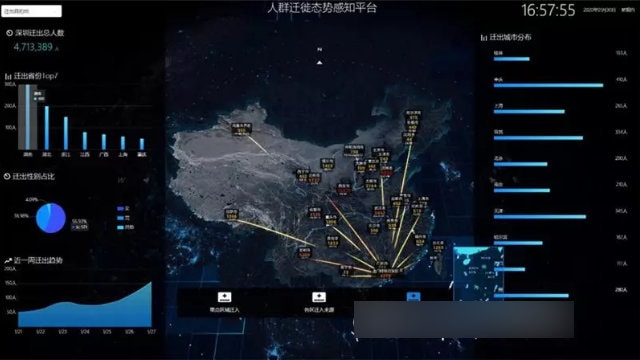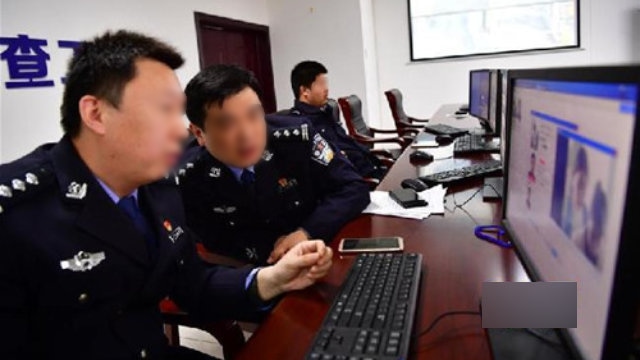Disregarding growing concerns from the international community, the CCP steps up efforts to control the daily lives of people by monitoring their every move.
by Xiang Yi
According to a document issued by a municipal government in northern Xinjiang in 2019, residential communities in the city are ordered to install imperceptible detection systems in the name of “improving the information stability maintenance mechanism” and “strengthening social surveillance.” The systems should also be used to collect information on the movement of all people, who are identified and distributed into categories, like “blacklisted,” “persons of interest,” and alike.
Some individual verification systems used for imperceptible artificial intelligence can comprehensively analyze personal data, including biometric, for fault-proof verification of people’s identity.
In a residential community visited by Bitter Winter, workers were installing new surveillance equipment on a full-height turnstile system, generally used in bus or railway stations, factories, or other public places. In Xinjiang, however, such systems are installed in regular residential communities.


The workers did not reveal if the system was being installed as part of the municipal government’s order from last year. One of them explained that anyone who goes through the turnstile would have their face scanned, even those who are trying to sneak in hiding behind a person would be captured. Persons are also classified, noting if they are permanent residents or visitors. “The system can also detect those standing outside the community gate,” the worker added.
Having installed a surveillance camera atop the system, the worker explained that all images and collected data are stored in a back-up system for analysis. A computer screen displayed images of people entering and leaving the community, accompanied by an array of data charts. The system can identify visitors according to their ethnicity, e.g., Han, Uyghur, Hui, and other ethnic groups, or group them according to the regions they come from. It accurately records the time a resident enters and leaves the community and captures the length of time people stay for a visit. The worker said that all data could be simultaneously transmitted to the local anti-terrorism and stability maintenance command centers.


“People who are trying to enter the community hiding behind someone else will become key targets for investigation,” the worker said, adding that even the people who want to enter this way for a brief visit when they don’t have an ID card on them can be scrutinized.
The worker explained that the system gives a warning when people with a criminal record or those on the police wanted list try to enter the community. He added that this type of surveillance system is being introduced in all the city’s residential communities, as required by the Ministry of Public Security. Representatives from the city’s Political and Legal Affairs Commission personally inspect the installed systems.
“The CCP monitors where we go and who we contact every day,” a community resident complained.


A local house church believer commented that increasing surveillance makes it more challenging to organize religious gatherings. As more and more big data are collected, the government may detect residents’ movement patterns, including participation in religious assemblies.









